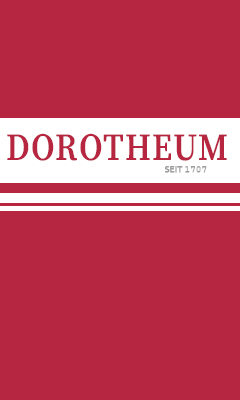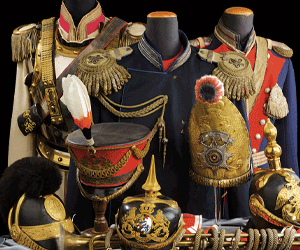Iron Cross 1914, Grand Cross
SKU: 02.PRU.0103.101.01
Estimated market value:


Estimated market value:
Attributes
History
The Iron Cross was a military decoration founded by King Friedrich Wilhelm III of Prussia, and it was awarded for acts of heroism, bravery, and exemplary leadership. A politically charged symbol, the cross is representative of Prussia's departure from Napoleonic rule.
The cross was primarily a military decoration, yet on numerous occasions it was awarded to civilians for services rendered to the military. The concept was originally conceived in 1806, and finally confirmed in mid February of 1813. The II Class was inherited in March 1814. By the time soldiers moved into Paris, on March 30, 1814, 6,639 II Class Iron Crosses had already been awarded. At this time, the cross was considered a ‘dead hero’s’ award, and was awarded in numbers to strengthen the ties to the king without depleting the value of the cross itself. In 1815, publications of the Iron Cross on flags and other equipment became common.
The Prussian army was reorganised following the First and Second Peace Treaty of Paris, making conferalls of the Iron Cross very difficult, as it was more and more challenging to determine which deeds were worthy of the award. The king made a partial amendment, allowing those that joined the forces for the war and those that were still serving to have the same rights to vote for the Iron Cross. The production of these crosses began in 1834 and differed from the 1813-1818 crosses. By 1838, the smooth obverse became official (instead of the smooth reverse).
In 1863, the 50th anniversary of the foundation of the Iron Cross, there were 1,572 living bearers. When a recipient died, he was entitled to a full burial with military honours at the garrison site (the war memorial of 1813-1814). It is important to note that the campaigns of 1864 and 1866 did not recognise this award, because the political claims were not sufficient.
Whether a recipient was referred to as a ‘knight’ or an ‘owner’ of the cross was left in their hands, after great debate regarding the Iron Cross being a medal or a decoration.
The design of the cross was inspired by the cross pattée, which was used as a symbol of the Teutonic Order, as well as the Prussian Army from 1871 to 1918. The award consisted of three grades, I Class Cross, II Class Cross, and Grand Cross. The I and II Class are largely the same in size and composition. The Grand Cross was double the size of the former. The I Class could only be acquired after receiving the II Class.
The I and II Class Crosses were worn on the left breast, and the Grand Cross was worn suspended from the neck. During this time, if the cross was awarded for merit in combat with the enemy, it was worn on a black band with white edges. If it was awarded for civil purposes, it was worn on a white ribbon with black edges.
The cross was first awarded in recognition of exemplary military and civil service during the Napoleonic Wars. These crosses, awarded between 1813 and 1815, are often referred to as Model I.
Model II of the decoration was awarded during the Franco-Prussian War (1870-1871). Jewellers, including Wagner & Sohn, were in charge of the silver setting. The Merit Cross for Women and Virgins was also established in 1871, however, there are still a small number of cases in which a woman was granted the II Class decoration. Non-Prussians (ex. Bavarians or Saxons, who were considered foreigners until 1871) received the same consideration. There are two examples of the 1870 Iron Cross being awarded to British citizens.
Model III of the decoration was awarded during the First World War (1914-1918), and subsequent versions were awarded during World War II and featured a swastika in the centre of the obverse.
When war broke out in August 1914, the Iron Cross was renewed, linking the grave situation of affairs to the heroic deeds of 1813 and 1870. Commanding generals had the right to reward acts of bravery in the name of the king. The Iron Cross was used as a national emblem on aircrafts, captive balloons, airships, and armoured cars. Foreigners (allies of Germany) were awarded with Iron Crosses which did not have to be approved.
The cross itself remained largely unchanged since its inception in 1813. The date on the obverse was changed to 1914, located under the crowned "W".
The Grand Cross was conferred for winning a decisive battle, defending a fortress, or for conquering an important position or location. It was not necessary for the recipient to have previously received the I or II Class Cross. These awards were event-related in accordance with the progress of armed conflicts.

Versions
$6,500 USD
Silver/Iron
Obv: FW 1813
59x64mm
Johann Wagner & Sohn, Berlin
Only five recipients received Wagner-made Grand Crosses.


Comments
Sign in to comment and reply.


Scroll Top